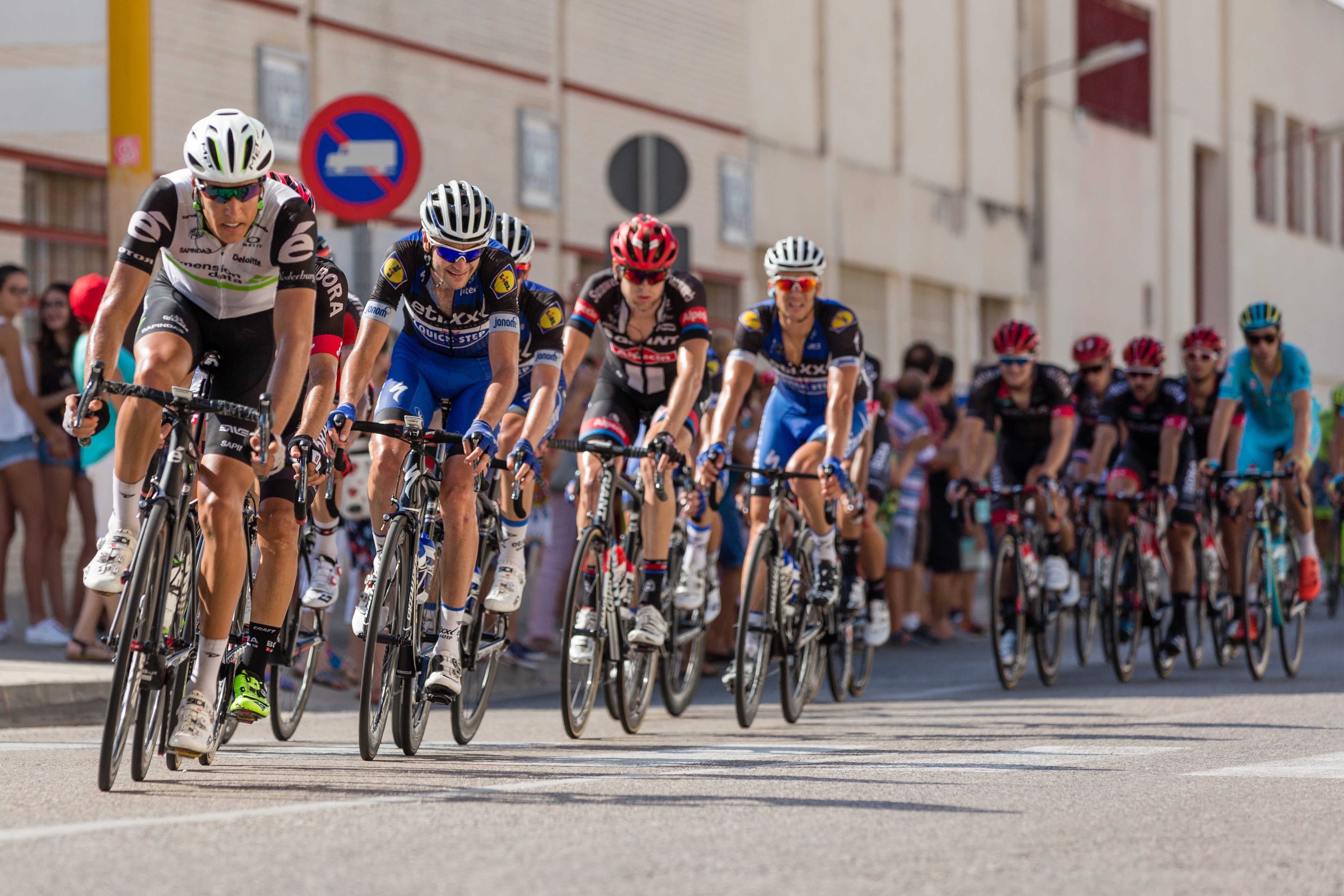
It will come as no surprise that riding in a Grand Tour is a tremendous undertaking. The physiological and psychological stress that it places on an athlete’s body is hard to imagine for most people. Any one of the stages in isolation would qualify as a bucket list day for the majority of riders, but day after day they equal one of the greatest challenges in sport. To truly understand what these events look like it helps to attempt to quantify them. When the numbers are laid out it becomes clearer just how talented and strong Grand Tour riders are.
Power
Let’s start by putting the energy needed to propel a bicycle through challenging terrain for days on end into perspective. To see it in terms of distance isn’t always enough. Looking at these cumulative efforts through the lens of Training Stress Score (TSS) and Kilojoules helps to more accurately portray the demands of these events.
- TSS – To begin let’s think about normal daily and cumulative TSS ranges for most age-group athletes. For moderate workouts and interval sessions daily TSS is around 100. For long rides, we can expect to see a range of 200-300 TSS depending on intensity and duration. Weekly TSS ranges vary depending on an athlete’s available training time and proximity to races, but 500-750 weekly TSS is typically enough training stress to continue to see fitness while managing fatigue. Now let’s look at days and weeks in a Grand Tour. For an event like the Tour de France, a typical day could be as much as 400-600 TSS depending on the goals of the rider, and even more during big mountain stages. At the end of a typical week, riders have accumulated upwards of 2,000 TSS or over 60% more TSS than many age groupers. The ability to be able to process that amount of training load is hard to imagine!
- Kilojoules – The amount of work it requires to ride day after day is best expressed in Kilojoules (KJ). Again let’s put things in perspective with a normal age group athlete range. A typical week during a race build-up phase might see a range of 7,000-10,000 KJ’s, which would be a fairly substantial load by most standards. However, during a week of the Tour we can expect to see over 30,000 KJ’s of work being done. It’s worth noting that there are only two rest days during the Tour de France, so sustaining this workload is a massive undertaking.
Calories
Building off of the statistics around Kilojoules we can begin to quantify an athlete’s caloric needs once we know how much work they’ve done on the bike. Fueling for Grand Tour events is one of the most challenging components of races like these. To better understand the fueling needs of these athletes it’s best to highlight some compelling statistics.
- Average calories expended for most stages of the Tour are between 4,000-6,000 kcal. However, during the more demanding mountain stages upwards of 7,000 kcal may be required.
- An athlete during a long mountain stage can burn as many calories as most individuals would need in a 2 – 4 day period.
- Using an average burn of 100 kcal/hour for most individuals, this means that a Grand Tour rider burns in one hour, what most people burn in a half a day, or in two hours a rider burns what most need for an entire day.
- Cumulatively riders will burn around 25 million kcal during the 3 weeks of the Tour de France.
- Due to the glucose needs of the athletes roughly 70% of an athletes daily diet consists of carbohydrates. This can be over 1,000 grams.
- On the hydration front, riders can consume as much as 10 liters of liquid per day to keep up with sweat loss from long days in the saddle.
We all know that competing in, and completing, a Grand Tour is a massive accomplishment, but it can be hard to conceptualize for many. Using a “regular” athletes statistics as a yardstick help to paint the stark contrast between what meer mortals accomplish in a given week and a rider in the Tour de France. The next time you finish a hard workout, or indulge in a big meal post long ride, think about a day in the life of a Grand Tour rider.



